Transgenerational effects of polychlorinated biphenyls: 1. Development and physiology across 3 generations of rats
- PMID: 29458364
- PMCID: PMC5819226
- DOI: 10.1186/s12940-018-0362-5
Transgenerational effects of polychlorinated biphenyls: 1. Development and physiology across 3 generations of rats
Abstract
Background: Polychlorinated biphenyls (PCBs) are persistent organic environmental contaminants and known endocrine-disrupting chemicals (EDCs). Previous studies demonstrated that developmental exposure to the weakly estrogenic PCB mixture Aroclor 1221 (A1221) in Sprague-Dawley rats altered sexual development, adult reproductive physiology and body weight. The current study tested the hypothesis that prenatal A1221 exposure not only disrupts these endpoints within an exposed individual's (F1 generation) lifespan, but may also affect subsequent generations (F2-F3).
Methods: We treated pregnant female rats on embryonic days (E) 16 and E18 with A1221 (1 mg/kg), estradiol benzoate (50 μg/kg, positive estrogenic control), or vehicle (3% DMSO in sesame oil, negative control). Endpoints related to sexually dimorphic developmental trajectories of reproductive and developmental physiology were measured, and as adults, reproductive endocrine status was assessed, in the F1, F2, and F3 generations.
Results: Significant effects of transgenerational EDCs were found for body weight and serum hormones. The A1221 descendants had significantly higher body weight in the F2-maternal lineage throughout postnatal development, and in F3-maternal lineage animals after weaning. In females, generation- and lineage-specific effects of exposure were found for serum progesterone and estradiol. Specifically, serum progesterone concentrations were lower in F2-A1221 females, and higher in F3-A1221 females, compared to their respective F2- and F3-vehicle counterparts. Serum estradiol concentrations were higher in F3-A1221 than F3-vehicle females. Reproductive and adrenal organ weights, birth outcomes, sex ratio, and estrous cycles, were unaffected. It is notable that effects of A1221 were only sometimes mirrored by the estrogenic control, EB, indicating that the mechanism of action of A1221 was likely via non-estrogenic pathways.
Conclusions: PCBs caused body weight and hormonal effects in rats that were not observed in the directly exposed F1 offspring, but emerged in F2 and F3 generations. Furthermore, most effects were in the maternal lineage; this may relate to the timing of exposure of the F1 fetuses at E16 and 18, when germline (the future F2 generation) epigenetic changes diverge in the sexes. These results showing transgenerational effects of EDCs have implications for humans, as we are now in the 3rd generation since the Chemical Revolution of the mid-twentieth century, and even banned chemicals such as PCBs have a persistent imprint on the health of our descendants.
Keywords: Body weight; Corticosterone; Endocrine-disrupting chemical (EDC); Estradiol; Polychlorinated biphenyl (PCB); Progesterone; Reproduction; Sex difference; Transgenerational.
Conflict of interest statement
Ethics approval and consent to participate
All animal procedures were conducted in compliance with protocols approved by the Institutional Care and Use Committee at the University of Texas at Austin, following NIH guidelines.
Consent for publication
N/A.
Competing interests
The authors declare that they have no competing interests.
Publisher’s Note
Springer Nature remains neutral with regard to jurisdictional claims in published maps and institutional affiliations.
Figures

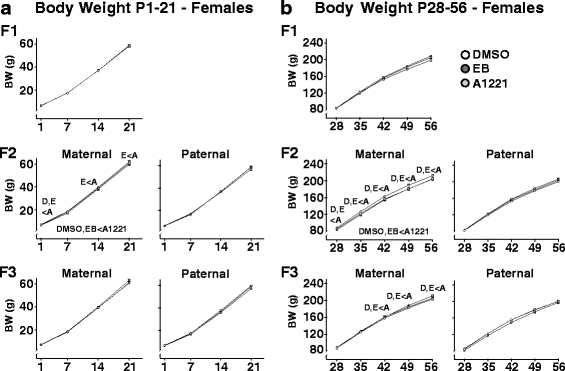
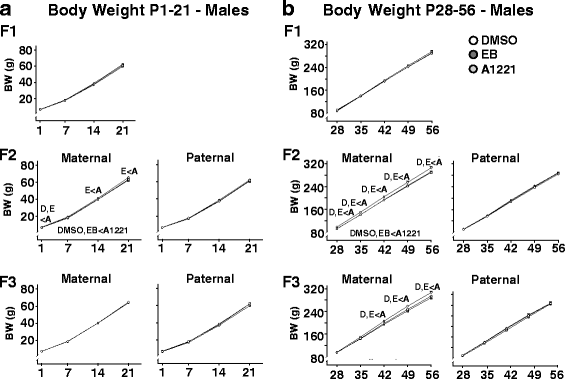
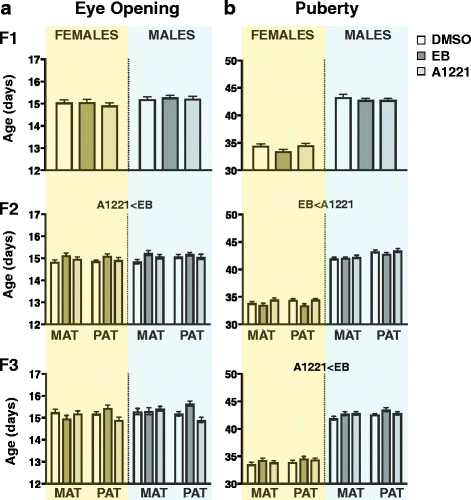
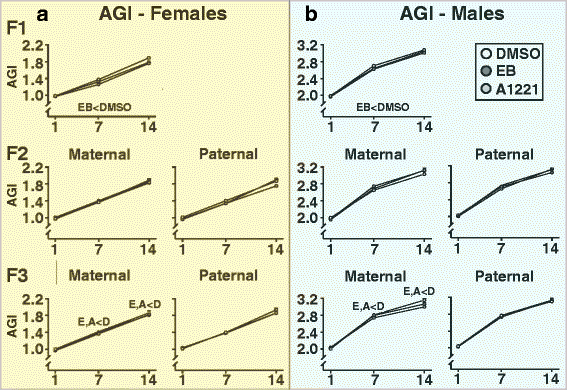
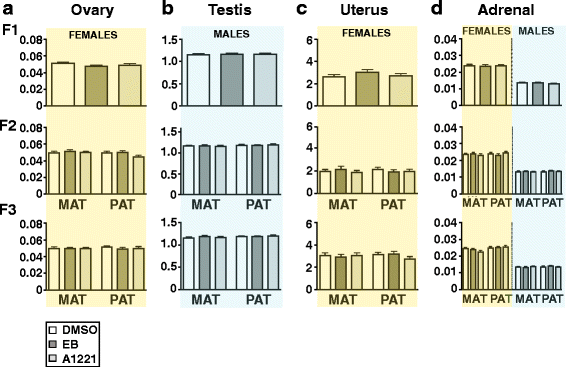
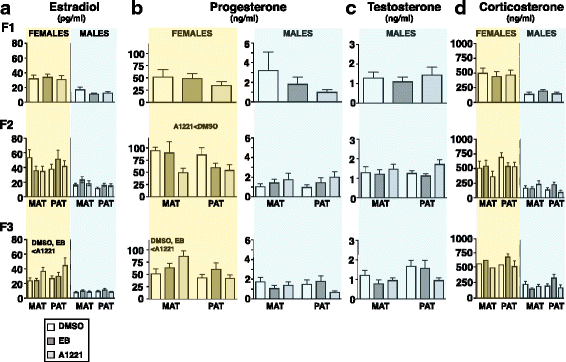
Similar articles
-
Transgenerational effects of polychlorinated biphenyls: 2. Hypothalamic gene expression in rats†.Biol Reprod. 2021 Sep 14;105(3):690-704. doi: 10.1093/biolre/ioab066. Biol Reprod. 2021. PMID: 33824955 Free PMC article.
-
Effects of the Endocrine-Disrupting Chemicals, Vinclozolin and Polychlorinated Biphenyls, on Physiological and Sociosexual Phenotypes in F2 Generation Sprague-Dawley Rats.Environ Health Perspect. 2018 Sep;126(9):97005. doi: 10.1289/EHP3550. Environ Health Perspect. 2018. PMID: 30212226 Free PMC article.
-
Transgenerational Effects of Prenatal Endocrine Disruption on Reproductive and Sociosexual Behaviors in Sprague Dawley Male and Female Rats.Toxics. 2022 Jan 20;10(2):47. doi: 10.3390/toxics10020047. Toxics. 2022. PMID: 35202233 Free PMC article.
-
Transgenerational neuroendocrine disruption of reproduction.Nat Rev Endocrinol. 2011 Apr;7(4):197-207. doi: 10.1038/nrendo.2010.215. Epub 2011 Jan 25. Nat Rev Endocrinol. 2011. PMID: 21263448 Free PMC article. Review.
-
Estrogenic environmental endocrine-disrupting chemical effects on reproductive neuroendocrine function and dysfunction across the life cycle.Rev Endocr Metab Disord. 2007 Jun;8(2):143-59. doi: 10.1007/s11154-007-9048-y. Rev Endocr Metab Disord. 2007. PMID: 17674209 Review.
Cited by
-
Passing experiences on to future generations: endocrine disruptors and transgenerational inheritance of epimutations in brain and sperm.Epigenetics. 2018;13(10-11):1106-1126. doi: 10.1080/15592294.2018.1543506. Epub 2018 Nov 16. Epigenetics. 2018. PMID: 30444163 Free PMC article.
-
Social and neuromolecular phenotypes are programmed by prenatal exposures to endocrine-disrupting chemicals.Mol Cell Endocrinol. 2019 Jan 5;479:133-146. doi: 10.1016/j.mce.2018.09.010. Epub 2018 Oct 1. Mol Cell Endocrinol. 2019. PMID: 30287398 Free PMC article.
-
Maternal care modulates transgenerational effects of endocrine-disrupting chemicals on offspring pup vocalizations and adult behaviors.Horm Behav. 2019 Jan;107:96-109. doi: 10.1016/j.yhbeh.2018.12.009. Epub 2019 Jan 4. Horm Behav. 2019. PMID: 30576639 Free PMC article.
-
Transcriptomic analysis of effects of developmental PCB exposure in the hypothalamus of female rats.Mol Cell Endocrinol. 2025 Apr 1;599:112460. doi: 10.1016/j.mce.2025.112460. Epub 2025 Jan 9. Mol Cell Endocrinol. 2025. PMID: 39798907 Free PMC article.
-
The Aryl hydrocarbon receptor mediates reproductive toxicity of polychlorinated biphenyl congener 126 in rats.Toxicol Appl Pharmacol. 2021 Sep 1;426:115639. doi: 10.1016/j.taap.2021.115639. Epub 2021 Jul 10. Toxicol Appl Pharmacol. 2021. PMID: 34256052 Free PMC article.
References
Publication types
MeSH terms
Substances
Grants and funding
LinkOut - more resources
Full Text Sources
Other Literature Sources
Miscellaneous

